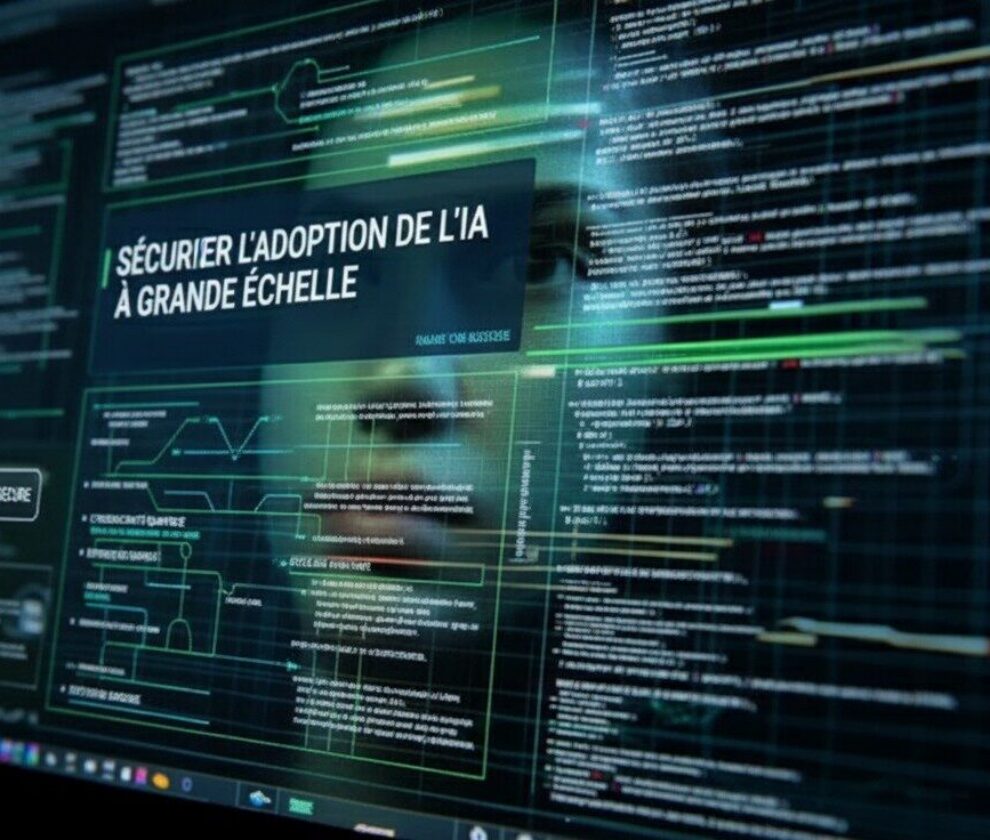Introduction
Cyberattacks are rapidly escalating in frequency and complexity, particularly across strategic regions like Eurasia. Since April 2025, a shadowy hacking group known as ComicForm has been targeting industrial and financial organizations in key countries such as Belarus, Russia, and Kazakhstan. By deploying advanced malware like Formbook, these cybercriminals aim to harvest critical data while skillfully avoiding detection.
This article will delve into the specifics of their campaigns, the sophisticated techniques employed, and the vulnerabilities exploited by groups like ComicForm and SectorJ149. Additionally, we’ll share practical measures you can take to protect your business against such threats.
Who Is ComicForm and Why Should You Be Concerned?
ComicForm is a newly surfaced hacking collective whose operations have drawn attention due to their sharp focus on critical industries such as biotechnology and finance. One of their preferred tactics involves launching highly effective phishing campaigns by leveraging:
- Deceptive email subject lines like “Reconciliation Act for Signature” or “Payment Invoice.”
- Malicious attachments named to appear harmless, such as “file_invoice_2025.exe”.
Opening these attachments triggers a sophisticated Trojan that lays the groundwork for Formbook malware to infiltrate systems and extract sensitive user information.
What sets ComicForm apart is their ability to tamper with local security systems like Microsoft Defender, effectively disabling critical defenses to ensure prolonged access.
The Anatomy of Their Attacks
ComicForm’s attack structure follows a meticulously planned three-phase approach:
Phase 1: Launch via Email Distribution
The operation kicks off with phishing emails carrying malicious “executable PDFs” disguised as legitimate business documents.
Phase 2: Obfuscation and Persistence
A specially crafted .NET program stealthily installs malicious DLL files, such as ‘Montero.dll’, leveraging scheduled tasks to evade detection.
Phase 3: Data Extraction
In the final phase, Formbook malware is deployed, enabling the theft of passwords, financial details, and other critical data points.
Spotlight on SectorJ149
Another player in this arena is SectorJ149, a pro-Russian hacking group that adopts similar methods but with a distinct focus on industrial espionage. Their primary targets include South Korea’s semiconductor industry, where they use tools like Remcos RAT and Lumma Stealer to exfiltrate strategic intelligence.
By masking their activities as hacktivism, these groups often conceal motives rooted in political or economic agendas.
AI-Powered Cyber Offensives
“Emerging advancements in AI, such as GPT-4, have exponentially raised the stakes. These tools streamline social engineering attacks, creating convincing phishing emails that are almost indistinguishable from authentic communications.”
Such innovations lower the cost and time associated with launching attacks while dramatically increasing their likelihood of success against both human and automated defenses.
Protecting Your Infrastructure
To mitigate such evolving threats, companies must adopt robust defense protocols. Here are actionable steps you can implement:
- Provide thorough employee training to recognize suspicious emails and file attachments.
- Invest in advanced Endpoint Detection and Response (EDR) solutions.
- Implement network segmentation to limit the scope of potential breaches.
Regular audits and proactive risk assessments are essential components in staying one step ahead of malicious actors.
Conclusion: Can We Overcome This Rising Cyber Threat?
The alarming campaigns executed by groups like ComicForm underscore the importance of treating cybersecurity as a non-negotiable priority. While deploying cutting-edge technology is critical, incorporating services like “My Own Detective” can offer tailored solutions, such as identifying malicious URLs and fortifying digital perimeters.
Stay vigilant, stay informed, and begin strengthening your security posture today. Cyber resilience is not just an option—it’s your first line of defense.


